Eyelids are skin wrinkles that lie above and below the eye and limit the eye socket towards the front. With them the eye can be closed. The main purpose of the eyelids is to protect and keep the eyes moist.
What is the eyelid?
An eyelid is a thin fold that borders the eye socket in front and consists of skin, connective tissue, muscles and glands. In humans, there is an upper eyelid above the eye and a lower eyelid below the eye. The eyelids are flexible and can close the eye. This mainly serves to protect the eye.
The line between the closed upper and lower eyelids is called the eyelid gap. Many animal species have an additional third lid, the so-called nictitating skin. This is only rudimentary in humans.
Anatomy & structure
The eyelids sit above and below the eyeball and can close completely in front of the eye to protect it from light, air or foreign substances. The upper eyelid is slightly larger than the lower eyelid. Both meet on the inside of the eye and form the so-called corner of the eyelid.
This is also where the teardrop (or teardrop caruncle) sits. The eyelashes are located on the eyelids, which also protect the eye from sweat or dust. The eyelid is made up of an inner and an outer lid leaf. The inside consists of connective tissue and the so-called tarsus, a plate of connective tissue that is criss-crossed with tight collagen fibers. This is also where the muscles that regulate the width of the eyelids are located.
On the inside, the eyelid is covered by a conjunctiva. The outer lid sheet contains special ring muscles that are responsible for closing and opening the eye. At the top it is bounded by body skin.
Function & tasks
Eyelids have two functions: they protect the eye and keep it moist. With the eyelids it is possible to close the eye and thus protect it from light, dirt, cold air, fog or foreign substances. The eyelashes on the lid also catch sweat, rain or dust so that they do not get into the eye.
To protect the eye, the eyelids reflexively close when objects move towards the eye. This blink reflex also occurs in the event of fright, sudden loud noises or bright light. The second function of the eyelids is to moisten the eye: by blinking, briefly closing and opening the eyelids, tear fluid is evenly distributed over the eyeball. This keeps the sensitive cornea on the eye moist and cleansed.
The damp surface also ensures that the eyelids slide smoothly and the eye can close in a flash. This is important for the protective function of the eye. To keep our eyes moist, we blink ten to twelve times a minute in dry air, usually without noticing. People and many animals also close their eyes to sleep and thus prevent visual impressions that could disturb the rest.
You can find your medication here
➔ Medicines for eye infectionsIllnesses & ailments
If there are movement disorders in the eyelid, the affected person cannot open the eye fully, the upper eyelid hangs partially or completely. Conversely, it can also happen that the eyelid lift is too strong and the upper eyelid is pulled up abnormally. Such disorders can be congenital or acquired through various factors. Involuntary twitching of the eyelids is also a form of movement disorder.
Mostly it is harmless and disappears on its own. These twitches are often caused by stress, fatigue, mineral deficiencies, or alcohol consumption. Movement disorders can also affect blinking, which then occurs too rarely or too often. The eyelid is also prone to inflammation: inflammation can develop on the edge of the eyelid, known as blepharitis. It occurs mainly in connection with conjunctivitis of the eye.
The eyelid glands can also be inflamed and then lead to a hordeolum (or colloquially “stye”). A chronic inflammation of the eyelid glands is called chalazion or hailstone. Diseases and complaints can also occur on the skin of the eyelids. For example, it is susceptible to herpes viruses and other pathogens that cause skin inflammation. Fat deposits or pigmentation disorders on the eyelid skin also occur.
Various tumors, cysts, and abscesses can appear on the eyelid. Parasites can also attack the eyelids and lead to various diseases. In trisomy 21 (Down syndrome) and other hereditary diseases, an oblique position of the eyes and a nasal crease are typical.
Treacher Collins syndrome, a hereditary disease with facial deformities, can lead to pronounced deformities of the eyelids. In rare cases, eyelids can even be completely absent due to genetic defects.

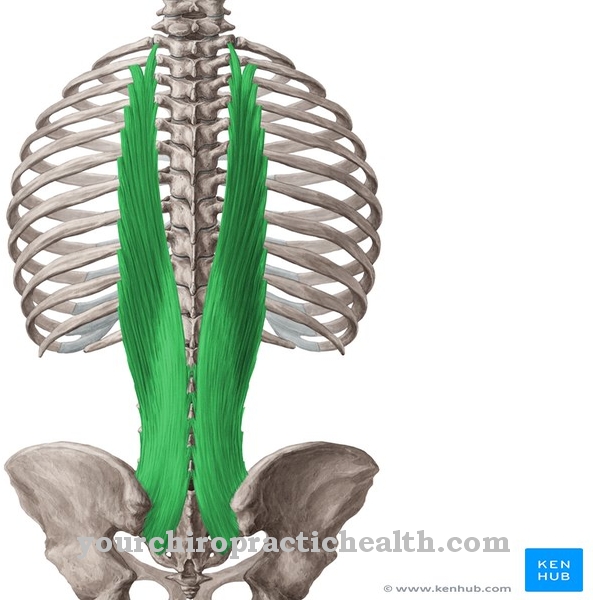
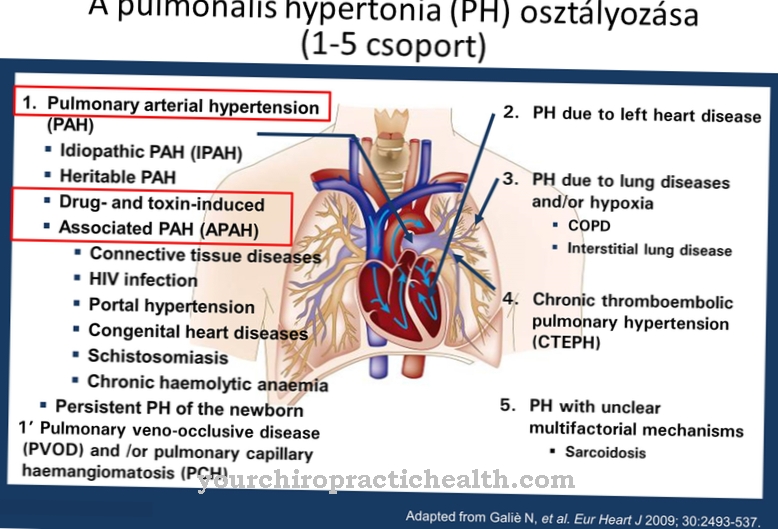

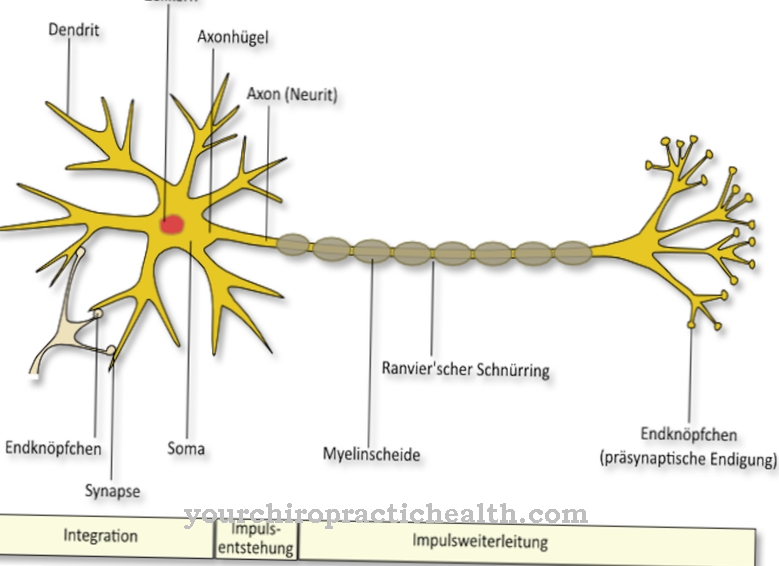
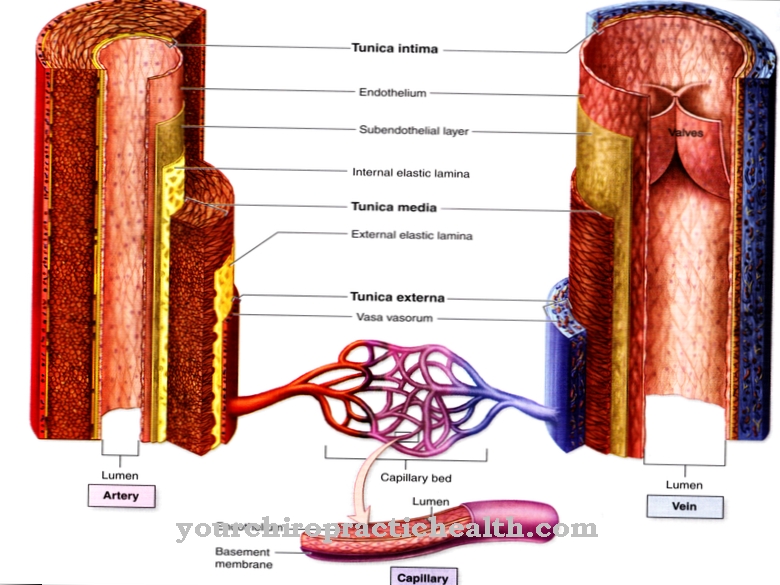
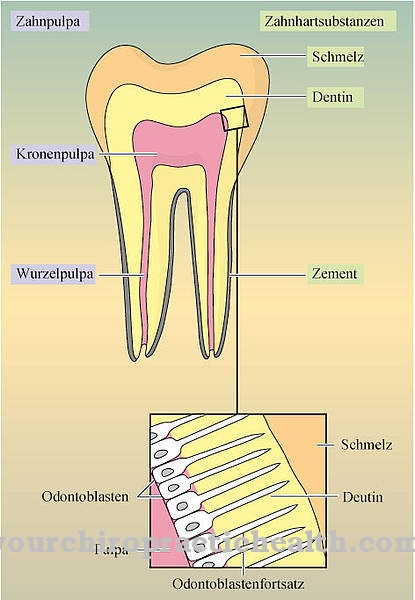





.jpg)



.jpg)










.jpg)
